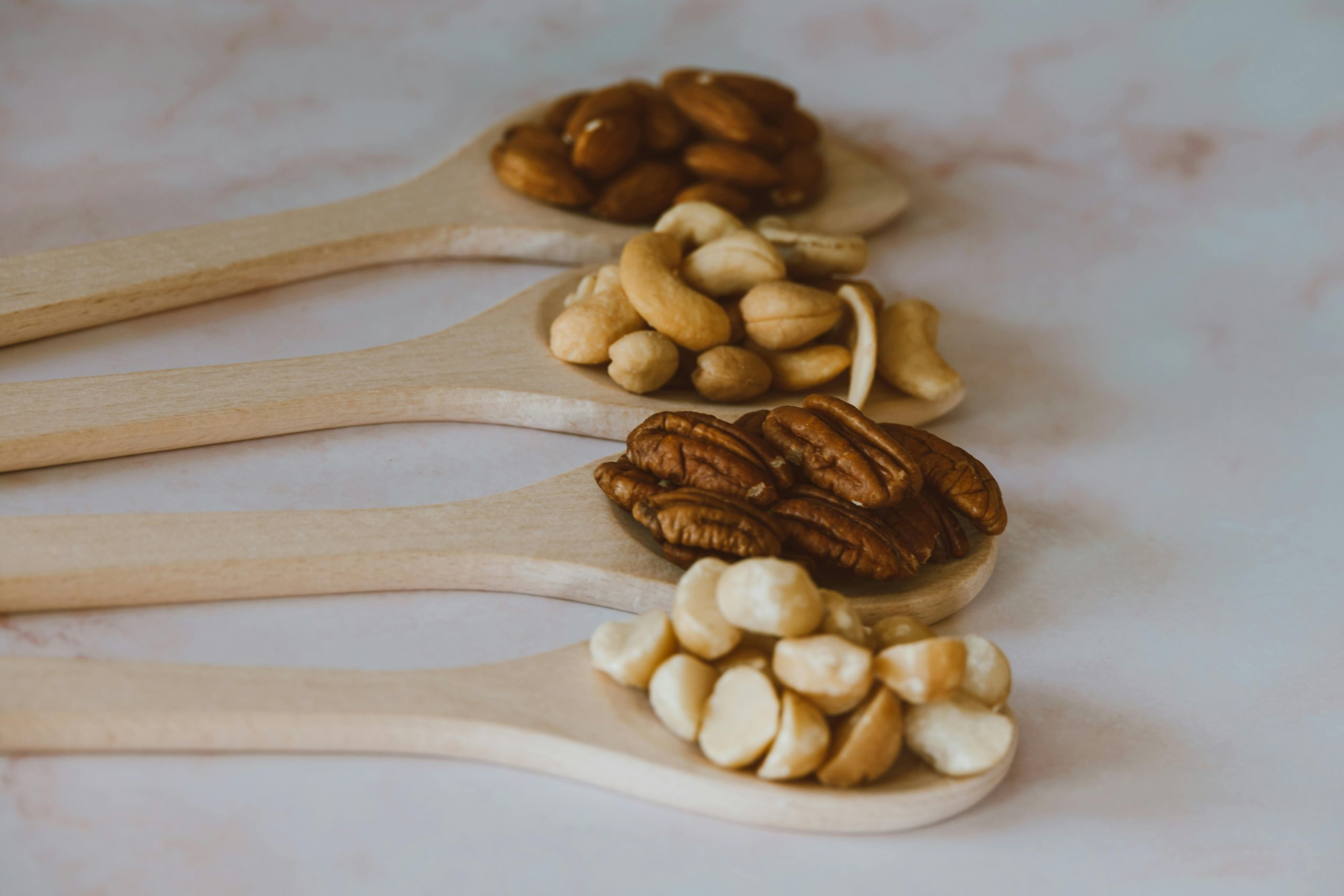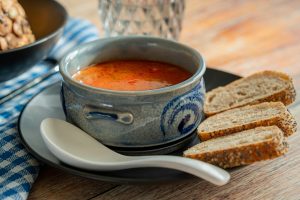How To Cook Legumes For Maximum Taste And Texture
Cooking legumes can be a daunting task for many. These protein-rich nutrient powerhouses are an essential part of a healthy diet but can often turn out tasteless and mushy when not cooked correctly. If you’re tired of ending up with a bland bowl of legumes, fear not! In this article, we’ll teach you how to cook legumes for maximum taste and texture. From soaking to seasoning, we’ll cover all the tips and tricks you need to know to elevate your legume game. Say goodbye to flavorless legumes and hello to elevated and delicious dishes!
Soak, Soak, Soak
You might have heard of the term “soaking” when it comes to cooking legumes, but do you know why it’s so important? Soaking involves submerging the legumes in water for a period of time before cooking them. This process helps to soften the legumes, making them easier to digest and reducing the cooking time. It also removes any dirt or debris that may be present. Soaking is a crucial step in cooking legumes for maximum taste and texture, so don’t skip it!
The Different Soaking Methods
There are two common methods for soaking legumes: the traditional overnight soaking and the quick-soaking method.
Overnight Soaking
This method involves soaking the legumes in a bowl of water and leaving them overnight. It’s the most preferred method as it allows the legumes to absorb enough water to fully expand, resulting in evenly cooked and softer legumes.
Quick-Soaking
If you don’t have the time to soak the legumes overnight, you can opt for the quick-soaking method. Start by rinsing the legumes under cold water to remove any debris. Then, place the legumes in a pot and cover them with water. Bring the water to a boil and let it boil for two minutes. Afterward, remove the pot from heat, cover it, and let the legumes soak for an hour.
Choose the Right Cooking Method
The cooking method you choose can make all the difference in the taste and texture of your legumes. The most common cooking methods for legumes include stovetop, pressure cooker, and slow cooker.
Stovetop
The stovetop method is the most traditional method for cooking legumes. After soaking the legumes, drain and rinse them before placing them in a pot with enough water to cover them. Bring the water to a boil, then reduce the heat and let the legumes simmer. The cooking time will depend on the type of legume, so make sure to check the package instructions.
Pressure Cooker
If you’re short on time, cooking legumes in a pressure cooker is a great option. Soak the legumes as usual, then drain and rinse them. Place them in the pressure cooker with enough water to cover them and cook them according to the pressure cooker’s instructions. Not only will this method save you time, but it will also result in softer and more flavorful legumes.
Slow Cooker
Cooking legumes in a slow cooker is perfect for those busy days when you don’t have the time to watch over the stove. Soak the legumes, then drain and rinse them. Place them in the slow cooker with enough water and let it cook on low heat for 6-8 hours. Slow cooking allows the legumes to fully absorb the flavors and results in perfectly tender legumes.
Season to Perfection
The key to making tasty legumes is to season them well. Don’t be afraid to experiment with different herbs and spices to find the perfect combination for your taste buds. Remember to add salt towards the end of the cooking process, as adding it too early can result in tough legumes. You can also add flavor by cooking the legumes in broth instead of water.
Final Thoughts
Cooking legumes for maximum taste and texture doesn’t have to be a daunting task. With these simple steps, you can elevate the flavor and texture of your legumes and create delicious dishes. So next time you’re cooking legumes, remember to soak, choose the right cooking method, and season to perfection. Your taste buds will thank you!










